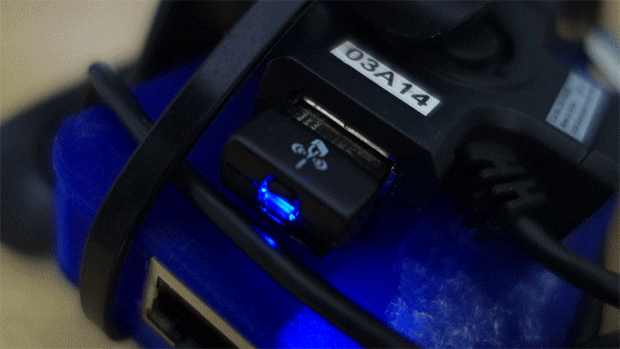| This guide was built using Netgear’s G54/N150 “WNA1000M” micro USB adapter, which uses the RTL8188CUS chipset. If you use another adapter (or embedded Linux SBC!) please leave a comment so we can compile a list of all known adapters and embedded Linux boards that are compatible with this guide. |
So you’ve updated your BeagleBone Black to the latest version of Debian (see my how-to guide for OSX and Windows users) and you’re ready to begin prototyping your next project with this embedded Linux board. But you’d really like that next project to be easy to move around. It really should have wi-fi.
You plug in your wi-fi adapter and … oh right, this is Linux. You’ll need to manually configure the adapter to automatically connect with your network.
How best to do that? Well, assuming, like me, you don’t have a KVM for your BeagleBone, you must instead rely on SSH to communicate with your board.
Looking around at a few guides I found the steps were either outdated or seemed unnecessarily complicated. As soon as a guide told me I had to apt-get any software I didn’t believe it. All the tools for configuring wi-fi are already built in to Linux. It should be easy.
I rebuilt Debian a few times, always with an eye to simplify the process. I eventually narrowed it down to these few steps, in what amounts to only five quick commands executed from Terminal or PuTTY.
In the images below you’ll also notice I’m using a USB hub. Plugging the wi-fi adapter directly into the BeagleBone Black will cause errors, due to the amount of current the wi-fi adapter draws. Thus I’m also using a power adapter that can supply the necessary current, and a USB hub to plug the wi-fi adapter into. I consider both of these components absolutely necessary for this project to work as designed.
| Adapter/OS setup working with this guide | Debian for BeagleBone Black | Raspian |
| Netgear WNA1000M | ✔ | ✔ |
| Netgear WNA1100 | ✔ | |
| Netgear WNA3100 | ✔ |
| Adapter/OS setup working with this guide | Debian 7.8 released 3/1/2015 |
| Edimax EW-7811Un | ✔, following these instructions to enable “hotplug” |




























